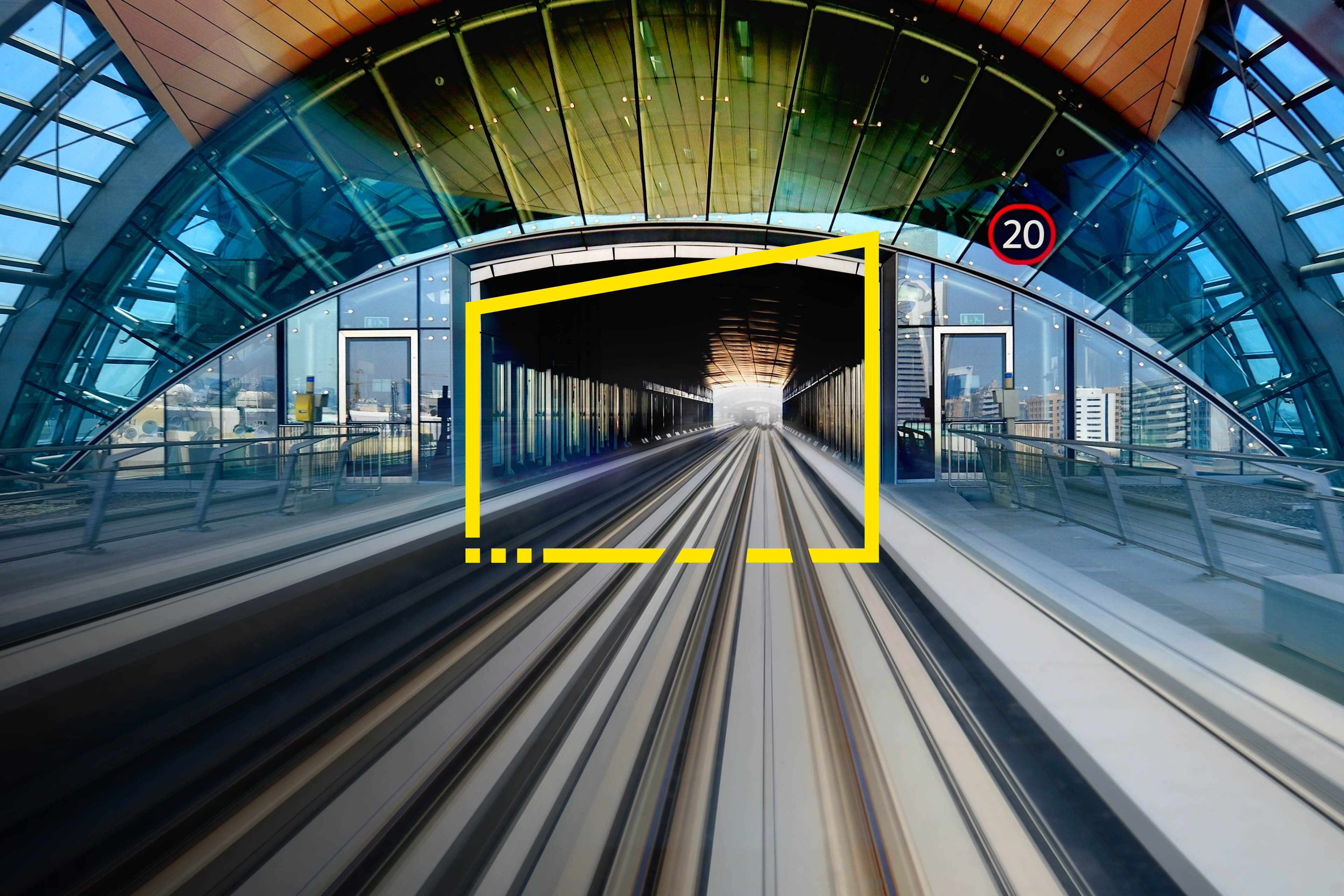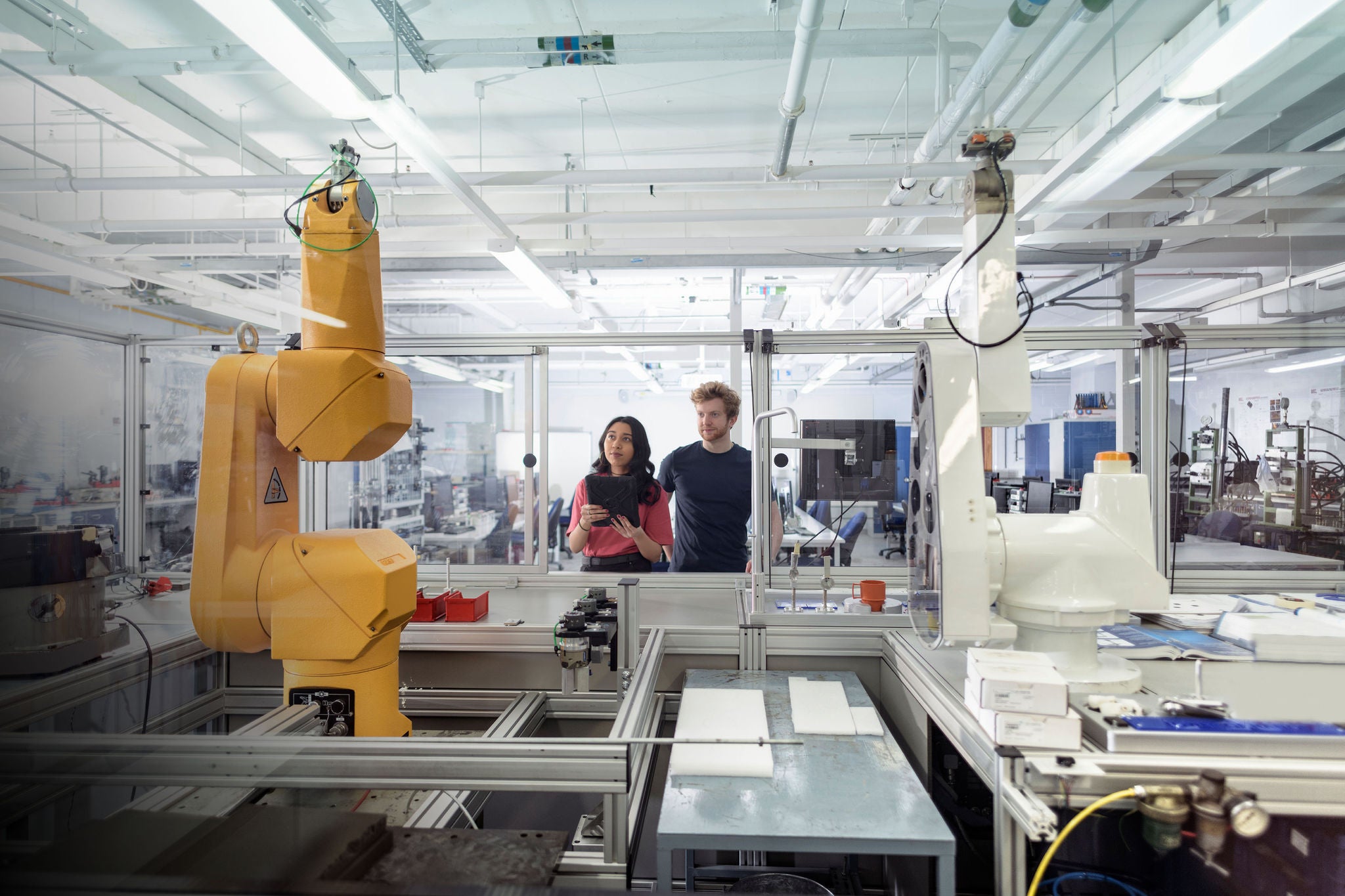EY refers to the global organization, and may refer to one or more, of the member firms of Ernst & Young Global Limited, each of which is a separate legal entity. Ernst & Young Global Limited, a UK company limited by guarantee, does not provide services to clients.
How EY can help
-
Our Consulting approach to the adoption of AI and intelligent automation is human-centered, pragmatic, outcomes-focused and ethical.
Read more
3. Artificial intelligence
Robotics and AI are deeply intertwined — in fact, robotics is often referred to as “embodied AI.” 5 In our experience testing state-of-the-art mobile robots at EY, we have found that modern robots have advanced more in what they can do physically than intellectually. But better AI is bridging this gap, enabling robots to better perceive and understand the world around them, to carry out complex tasks safely and productively, and to effectively communicate with human beings (a field known as human-robot interaction).
As geopolitical and economic forces push more companies toward robotic automation, advances in AI are also helping lower the cost barrier for smaller businesses, or those working with high product variation. Robot programming and integration represent 50% to 70% of the cost of a robot application, according to the International Federation of Robotics (IFR), and AI has potential to cut this cost by up to half.6 For example, machine learning “sense-and-respond” systems are enabling wholesalers to adapt order fulfilment processes to regular changes in products and packaging without disruption, and manufacturers to implement collaborative robots working alongside service technicians to pick unsorted parts from bins.7
We see new forms of AI, such as the large language models (LLMs) behind generative AIs, as key drivers of the next generation of AI robotics. By integrating a natural language interface into AI robotics models, LLMs will enable effective human-robot collaboration, with even non-technical users able to teach robots how to execute a task. The abilities of current AI language robotics models are already impressive, able to identify and move a series of everyday objects based on complex natural language instructions in English and other languages.8
Looking forward
The convergence of declining costs, geopolitical pressures, and AI advancements has catapulted robotics from a distant vision to a critical C-suite agenda item today. As the technology permeates sectors beyond manufacturing — from healthcare to logistics — business leaders can ill afford to overlook the transformative potential of robotics in enhancing productivity, reducing costs, and fostering innovation.





